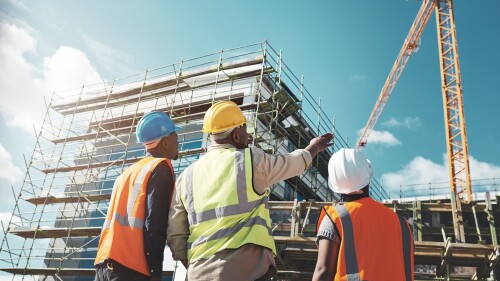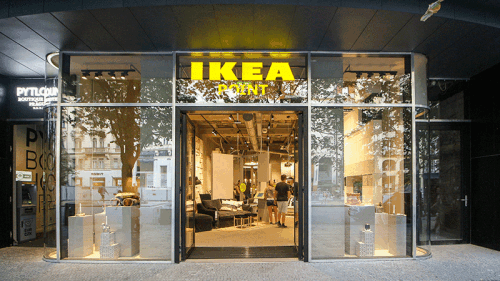Panelists at the opening session of the 2014 ULI Fall Meeting in New York City predicted that society, the economy, and cities are on the cusp of a dramatic, fundamental shift—one with even more game-changing potential than the tumultuous, often painful reordering that has been seen over the past couple of decades. But the new wave of change—which urban built space could play a major role in facilitating—has the potential to reverse troubling current trends, from climate change and economic inequality to the personal isolation caused by overuse of electronic gadgetry.
Scott Heiferman, founder and chief executive officer of the in-person social networking facilitator Meetup, predicted that people increasingly will turn away from being passive consumers of mass-produced products and electronic mass media. Instead, they’ll increasingly reach out to their neighbors to join in what he calls “do it ourselves” activities—a group variation on the “do it yourself” ethic. As evidence, he cited the phenomenal growth of his own company, which since its start in 2002 has grown to 20 million members in 140 countries who gather to collaborate on everything from parenting and coping with illnesses to fiction writing and fitness workouts. “People are using the internet to get off the internet, and find others,” he explained.
Heiferman sees that trend as creating a potentially multibillion-dollar market for real estate developers, because people will need buildings with common spaces large enough to accommodate those sorts of meetings.
“The big problem now is, where do they go to meet up?” Heiferman explained. He said cities would need community spaces that are closer to Apple Store than “your grandfather’s Kiwanis center.” He added that “we might want to partner with people who develop that real estate.”
Another panelist—Vincent Stanley, a former vice president for outdoor clothing manufacturer Patagonia—noted that climate change and other environmental woes were occurring “at a rate that nature cannot absorb,” but that the increased emphasis on sustainable development could help avert such a crash. The challenge, he said, “is how we utilize our talents, our skills, our creativity in a way that allows the health of communities and natural systems to thrive.”
Stanley praised New York City’s High Line, a green parkway built upon a former elevated railway, as a prime example of how cities could help residents reconnect both with nature and each other. “It gets people out walking, and it has benches and places for people to eat and talk,” he said. “That’s what we’re going to need to address climate change and the needs of our lifetime.”
Stanley also was enthusiastic about the impact of Leadership in Energy and Environmental Design (LEED) standards for green building, which he said “have really changed the way construction works.” He sees the development of walkable urban neighborhoods as another transformational trend. “People have a yearning for the quality of intimacy, connection, for the feeling of a local place,” he said.
The panel also included Brad Katsuyama, president and chief executive officer of IEX, a company whose technology for high-speed stock trading is designed to create fairer financial markets. He saw a growing shift away from exploitive self-interest, and toward economic equity and a sense of community. “As the world gets more transparent, it’s harder to make money in nefarious ways,” he explained. Instead of responding primarily to short-term economic motivations, people are beginning to “focus on the long term, on trying to make money the right way,” said Katsuyama, who is the central character in Michael Lewis’s book Flash Boys.
That ethical shift could help make it easier for cities to build a consensus around land use that improves the environment and provides a better quality of life for urban residents.
“The 20th century was tearing people apart,” Heiferman explained. “The difference in the 21st century is that people are turning to each other. People are connecting and renting and sharing and helping each other out. That makes for a better city and a better economy.”
The discussion was preceded by remarks from New York City Mayor Bill de Blasio, whose ideas seemed in sync with the panelists’. The mayor touted the city’s array of Fortune 500 companies and its 200,000 small businesses as engines of growth that have created 4 million private sector jobs—an all-time high—and predicted that boroughs such as Queens and Staten Island would emulate the dramatic recent growth of Brooklyn. He also touted New York City’s continued strength as a tourism destination that attracts 54 million visitors a year. But de Blasio said that reducing economic inequality and building 200,000 new affordable housing units over the next decade were critical to continued growth. The mayor also said that climate change was a top priority, and that the city aimed to reduce carbon emissions by 80 percent by 2050. “We have to address global warming,” he said.





